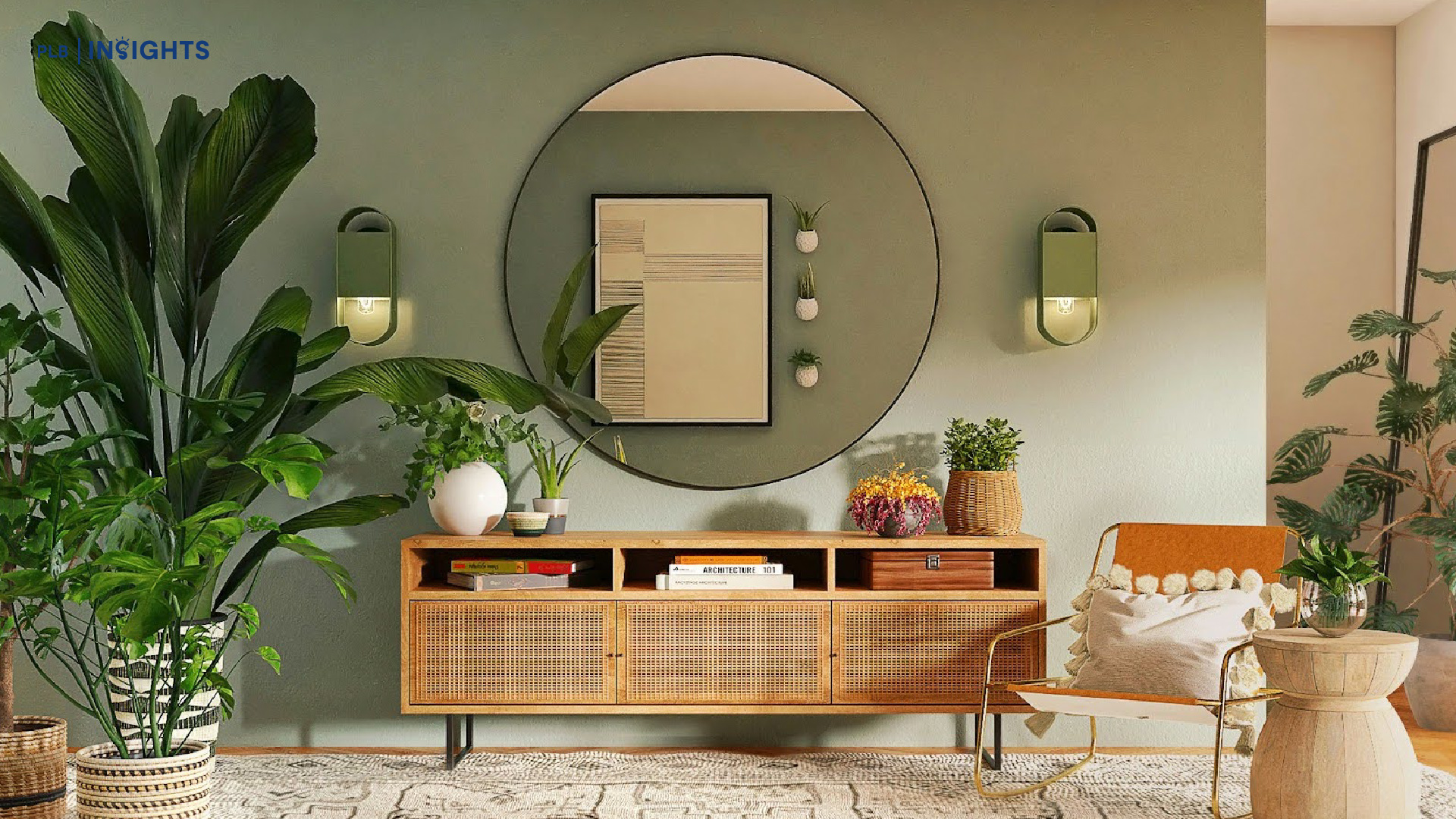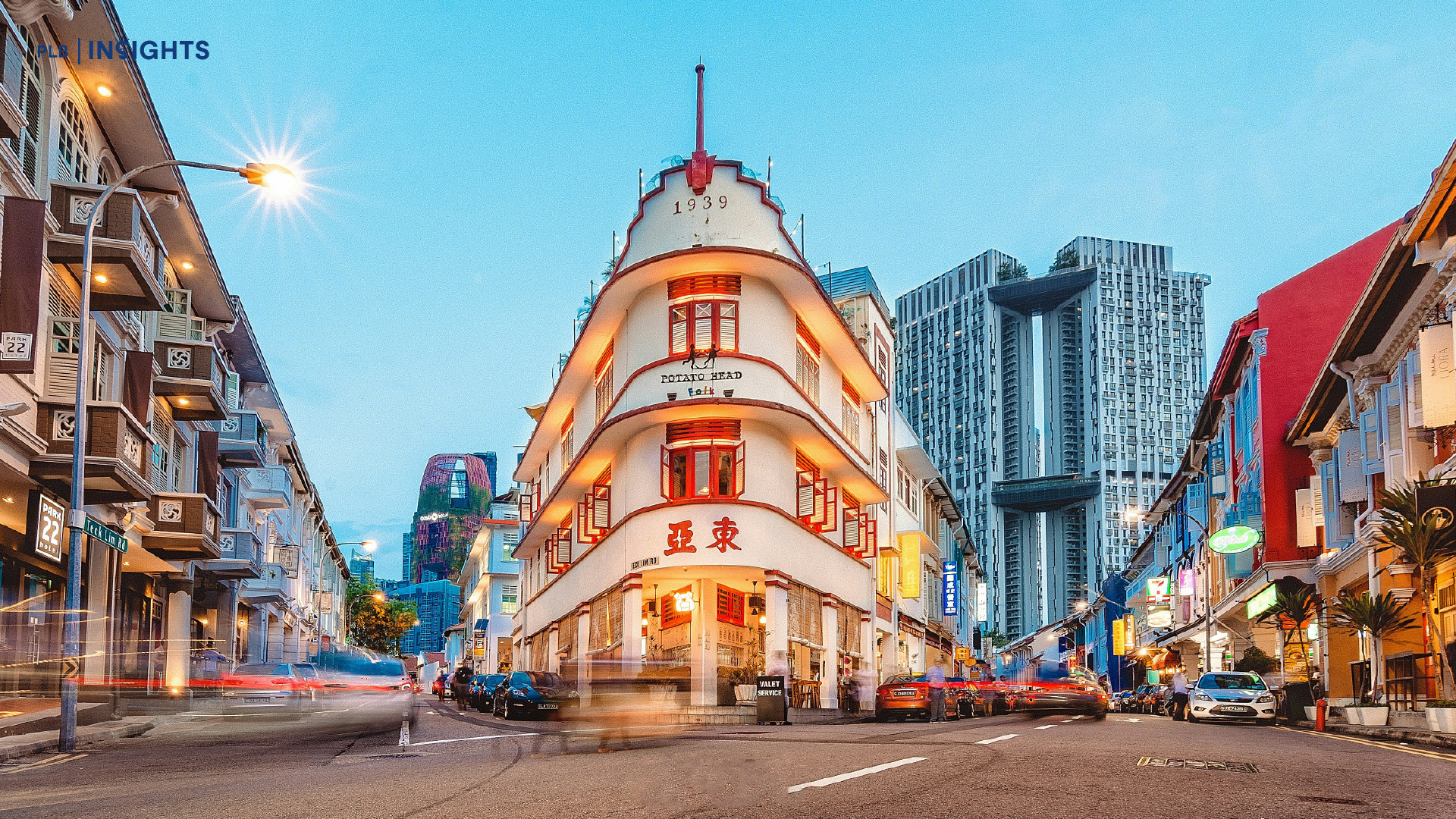
When we think of minimalist home design, images of uncluttered rooms with neutral-toned walls, clean lines, and minimal furniture often come to mind. However, the concept of minimalism goes beyond mere aesthetics. In land-scarce Singapore, where smaller living spaces are becoming the norm, more people are embracing minimalist principles for their homes.
Minimalism doesn’t necessarily mean living with as little as possible. Instead, it’s about intentionally simplifying your living space to create a sense of calm and functionality. This article aims to demystify the concept of a ‘minimalist home’ and provide practical tips for keeping your living environment clutter-free.
What is a Minimalist Home?

The term ‘minimalist’ often brings to mind Scandinavian and Japanese designs, known for their ‘less is more’ approach to home decor. While minimalist interiors are typically characterised by clean lines and monochromatic colour schemes, a minimalist home doesn’t always have to fit this stereotype.
More than just aesthetics, minimalism is a lifestyle choice. It’s about prioritising simplicity and functionality over excess. At its core, minimalism discourages unnecessary opulence and encourages owning only what you truly need.
Minimalism emphasises purposefulness, ensuring that every item in your home serves a function rather than asking ‘how little can I live with?’ It’s about eliminating unnecessary possessions rather than living with as little as possible. This ideology also aligns with sustainability, as more people embrace a ‘back-to-basics’ lifestyle in response to the climate crisis, recognising the importance of reducing consumption and waste.
Embracing a minimalist approach to your home interior involves creating an environment that is not only aesthetically pleasing but also provides a sense of comfort and tranquillity. Choosing soothing colours and simple yet elegant designs can help cultivate a space where you can find peace and relaxation, allowing your eyes to rest after a long day.
At its core, minimalist home interior design is a mindset rather than just an aesthetic. It’s about prioritising simplicity and functionality in your living space. For example, if you find yourself using a single armchair more than a three-seater sofa, getting rid of the excess is minimalist. While minimalist interiors often feature monochromatic walls, you can still personalise with colours or artworks as long as they align with the principles of simplicity, functionality, and sustainability.
Practical Tips For A Clutter-Free Home

Beyond having a visually appealing home interior, true relaxation and comfort come from a tidy and comforting space. After all, why pursue a minimalist approach if not for the sense of calm it brings? This section offers practical tips to keep your home clutter-free, laying the foundation for a minimalist interior design.
As renowned organising consultant Marie Kondo advises, beginning your journey to a clutter-free home is mostly a mindset. Believe in your ability to achieve a neat and tidy living space, and you’ll be more likely to avoid future clutter.
1. Visualise the type of home and lifestyle you want
The initial step towards achieving a clutter-free living space involves taking time for reflection. While at home, ask yourself, ‘What kind of life do I want to lead here?’ Visualise your ideal environment and consider jotting or doodling it down on paper. You can also create a mini diary with cutouts of minimalist home interiors you admire, using pictures from magazines or newspapers. This mental image will serve as a guiding principle for maintaining a neat and clutter-free home in the future. Taking this visualisation step seriously is crucial, as it shapes your mindset and helps prevent relapses into old, messy habits.
2. Start discarding unnecessary items
When decluttering your home, avoid the temptation to buy excessive ‘storage solutions.’ While they may seem appealing, filling your home with storage boxes or other storage items can hide clutter temporarily and may even worsen the problem over time.
The key is to declutter by categories rather than focusing on specific areas of the house. Often, we underestimate how many items we have in each category, leading to duplicates scattered throughout the home. Remember to select what to keep rather than what to discard. By following this approach and the principles outlined in this article, you can make significant progress in decluttering. It is important to start your discarding process by tackling each category in the sequence outlined below, beginning with clothing.
Clothing: Gather them all in one place and carefully assess each piece. Ask yourself if it ‘sparks joy’ when you touch it. If not, it’s time to let it go. Resist the urge to hold onto items for future occasions or for wearing at home but not outside. Remember, minimalism is about living in the present and feeling content with what you have. Your home should be your sanctuary, filled only with items that bring you confidence and joy. Store folded clothes whenever possible, reserving hangers for tailored items that can’t be folded. Folding clothes maximises space, providing 2-4 times more storage capacity than hanging. Don’t fret about not having anything to wear for special occasions. By keeping only the clothes that truly bring you joy, you’ll have plenty of options when the time comes.

Books: Apply the same process you used for your clothes to your books. Lay them all out and assess each one by touch and appearance alone. If a book doesn’t bring you joy, it’s time to let it go. If you’ve forgotten about a book or struggle to find time to read it, chances are you never will. Trust your instincts—if a book truly intrigues you, you would have read it already or added it to your ‘to-read’ list. The same goes for old books you’ve already read; their impact stays with you. Clearing out old books creates space for new ones that truly matter and bring you happiness.

Loose Papers: After organising your clothes and books, you might encounter loose papers scattered throughout your home, from utility bills to receipts and appliance manuals. Most of these can be discarded—how often do you really refer to appliance manuals? For important documents, use clear accordion files. Label one ‘Need Attention’ for important documents requiring immediate action, another ‘Save (Important)’ for important documents needing attention in the future, and the last ‘Save (Others)’ for regularly referenced but less significant papers.
Miscellaneous Items: This category poses a challenge, encompassing everything from scattered paper clips to unopened boxes of incense—items deemed ‘can live without.’ The same principle applies here: keep what you need and discard the rest. If you stumble upon a hairpin you like or an unopened Lavender incense, ask yourself why they’ve been tucked away and collecting dust. Don’t forget about mouldy guest beds, broken appliances, and unidentified cords—all of them need to be removed. Minimalism encourages living in the present, focusing on what you need for everyday functionality without worrying about the future. If you hesitate over whether you’ll use these items in the future, chances are you won’t. Discard them to simplify your space and mindset.
3. Storage Spaces
As mentioned previously, resist the urge to purchase aesthetically pleasing storage boxes from home decor stores. Adding more storage solutions only adds to clutter. Instead, utilise existing built-in storage spaces and find innovative ways to organise. Shoeboxes or appliance boxes can serve as perfect storage solutions for miscellaneous items and can even be repurposed to store folded clothes or books on your ‘to-read’ list.
4. Sentimental Items
Sentimental items should always be addressed last, regardless of their size. Emotions can cloud your judgement, making it difficult to decide what to keep and what to discard. While it may be challenging, consider whether items tucked away in forgotten corners truly hold significance. For example, an old sewing machine inherited from your grandmother may have been neglected due to clutter. Now that your space is clear, it’s time to display and cherish such treasures, enhancing the aesthetic appeal of your clutter-free home.
The Value of Minimalist Home Design in Urban Singapore

Maximises Space: Minimalist design maximises the use of limited space in smaller Singaporean homes, making them feel more spacious and airy.
Enhances Functionality: By focusing on essential elements, minimalist design enhances the functionality of each space, ensuring every corner serves a purpose.
Promotes Serenity: Clean lines and uncluttered spaces create a calm and serene atmosphere, offering a peaceful retreat from the hustle and bustle of urban life.
Facilitates Easy Maintenance: Minimalist interiors are easier to clean and maintain, saving time and effort in busy Singaporean lifestyles.
Encourages Mindful Consumption: Minimalism promotes mindful consumption, encouraging residents to prioritise quality over quantity and invest in long-lasting, sustainable furniture and decor.
Creates a Timeless Appeal: Minimalist design is timeless and adaptable, ensuring that homes remain stylish and relevant despite changing trends in Singapore’s fast-paced real estate market.
Supports Sustainability: By reducing clutter and focusing on sustainable materials, minimalist design aligns with Singapore’s push for eco-friendly living and resource conservation.
Boosts Mental Well-being: A clutter-free environment promotes mental clarity and reduces stress, contributing to overall well-being in the high-pressure environment of Singapore.
Encourages Flexibility: Minimalist interiors offer flexibility in design, allowing residents to easily adapt spaces for various functions or accommodate changing needs over time.
Reflects Modern Lifestyle: As Singapore embraces modernity and urban living, minimalist design reflects the values of simplicity, efficiency, and sophistication, aligning with the contemporary lifestyle of its residents.
In Summary
In line with the trend of new residences being built smaller to cope with land scarcity in Singapore, and the city’s focus on eco-friendly and smart technology, embracing a minimalist lifestyle is increasingly appealing. Yet, as this article discusses, minimalist home interior design goes beyond aesthetics. It’s about living with just what you need for functionality and sustainability, finding contentment in the present while enjoying a serene living space. Minimalist design isn’t confined to monochromatic walls and neutral colours. You can personalise your home with colours and furniture of your preference, as long as you prioritise simplicity, functionality, and sustainability, avoiding unnecessary excess.
If you are ready to embark on the journey to create a minimalist space you can call home, do not hesitate to reach out to us here. Our experienced consultants are ready to assist you in finding your dream home.







